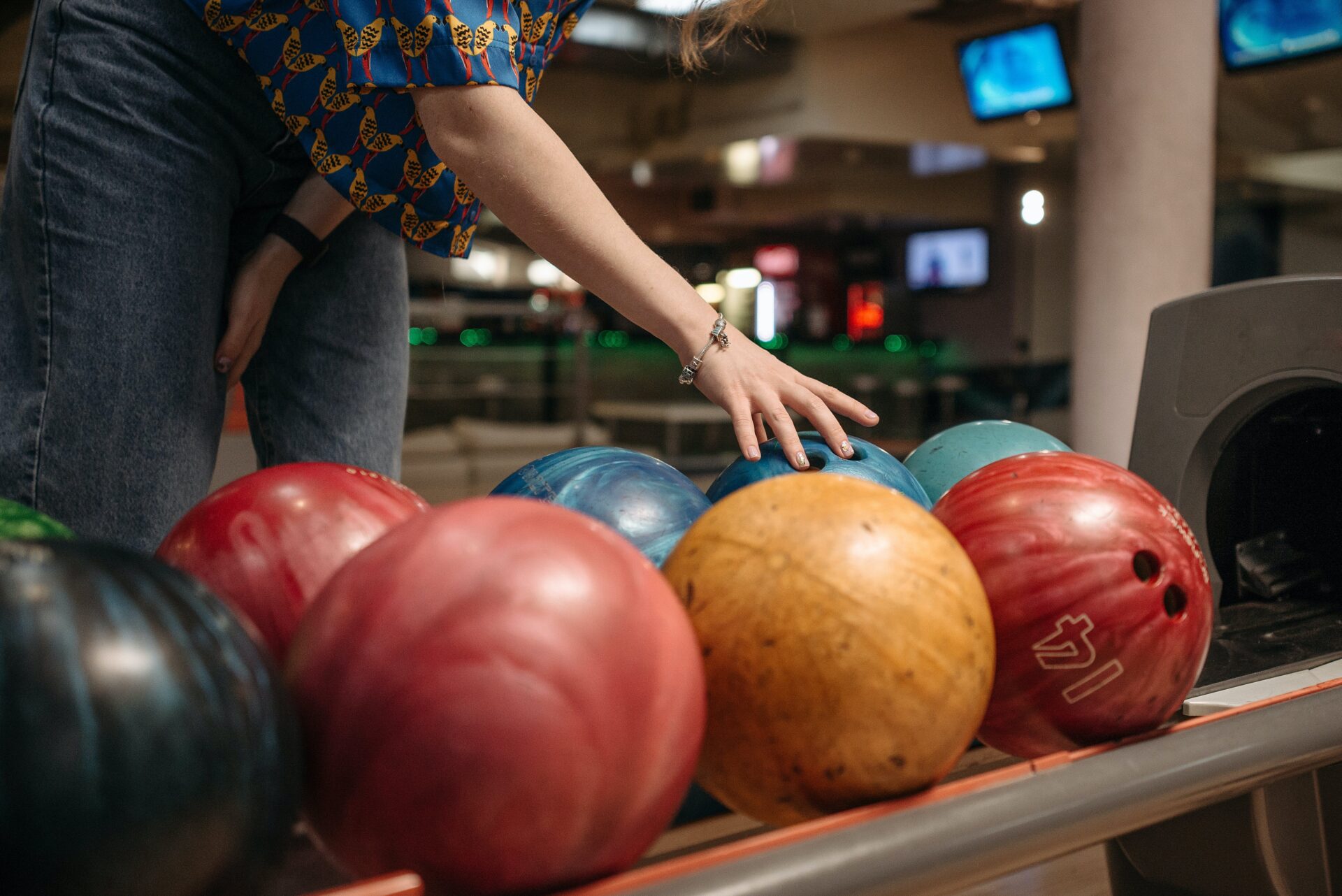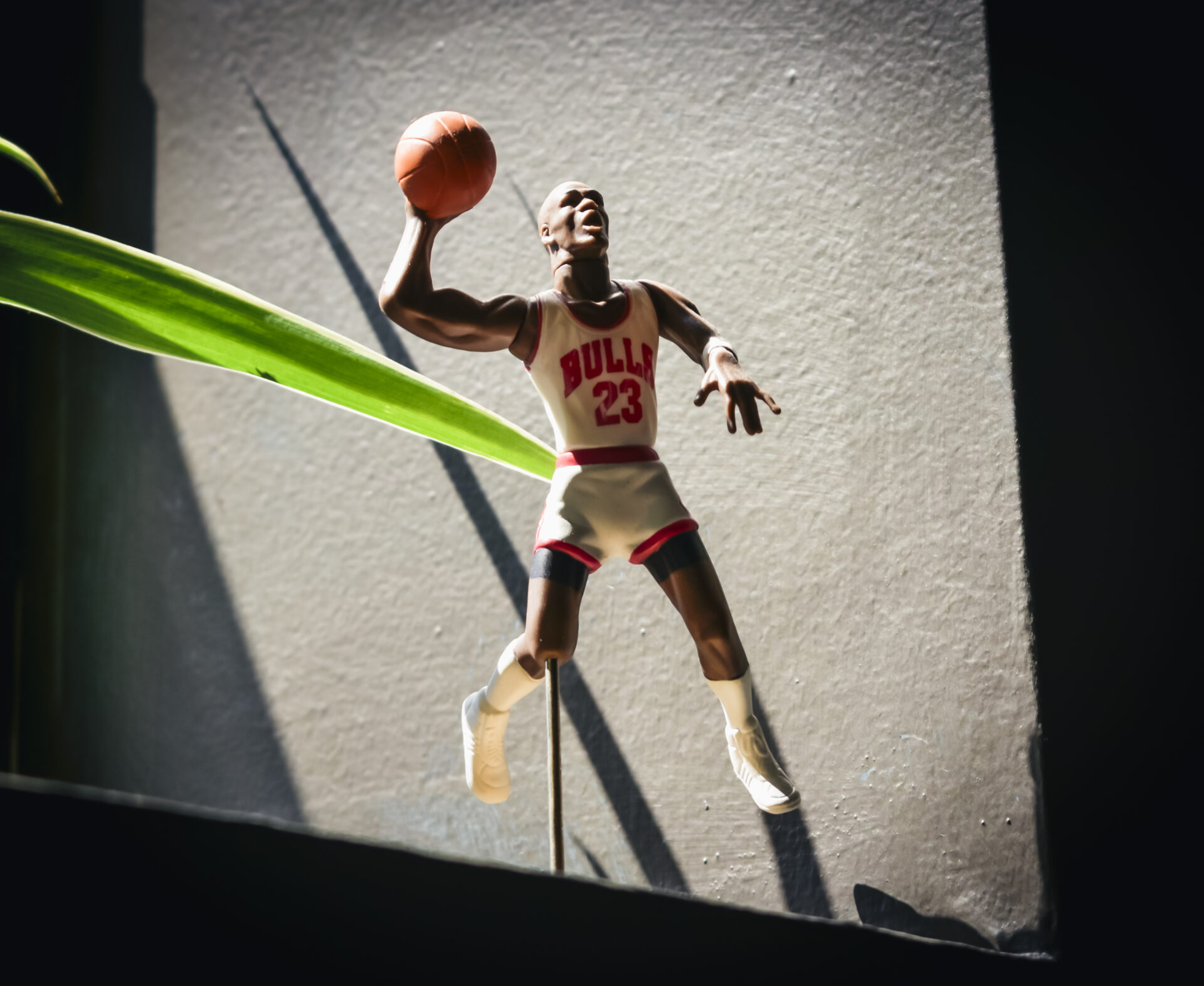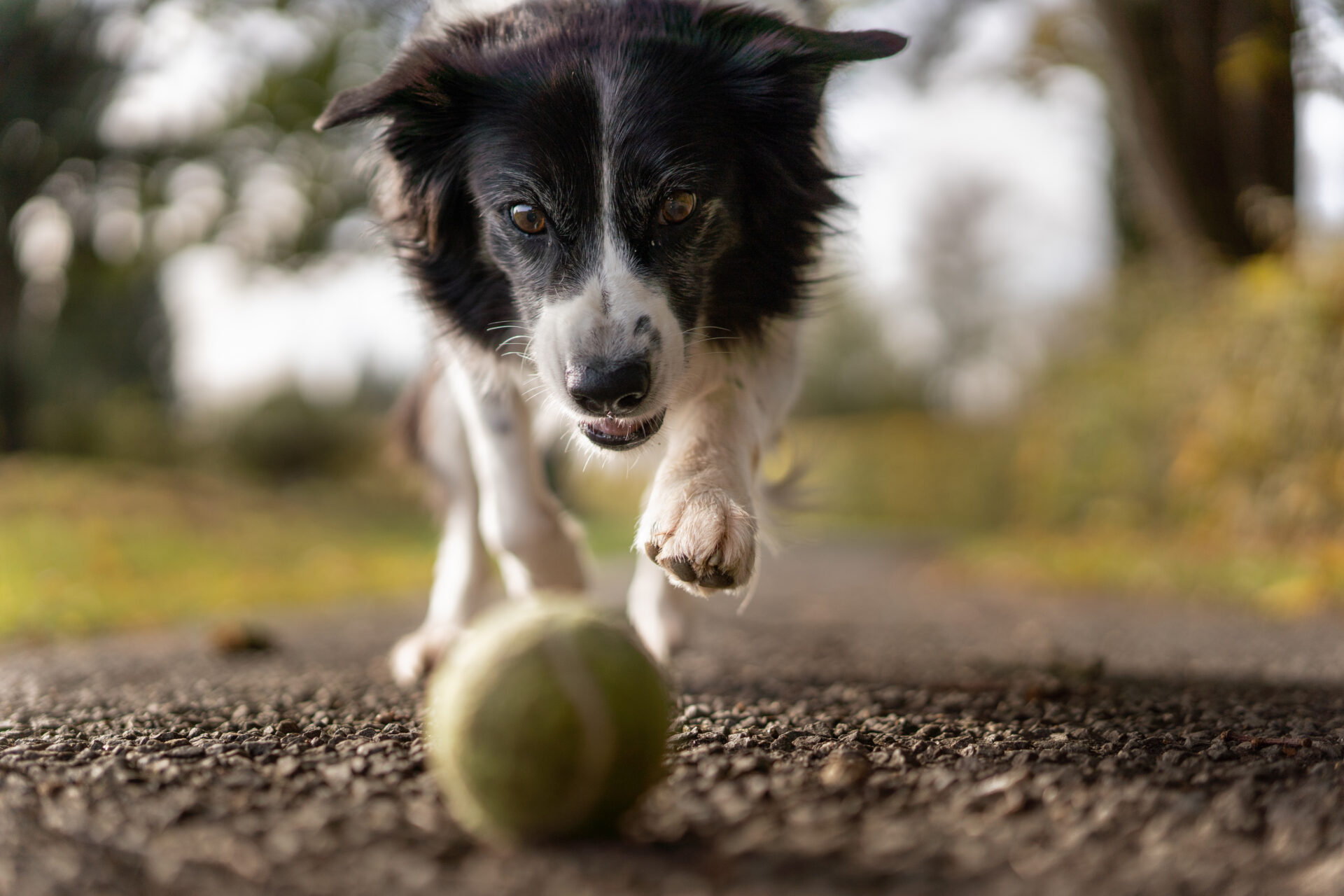Bowling is a great way to have fun with friends and family. But if you’re going to be an avid bowler, you need to understand the importance of a good bowling ball. A quality bowling ball can last for years if it is taken care of properly, but how long do balls-made-of/” title=”What Is Bowling Balls Made Of”>bowling balls actually last? This article will provide an overview of how long bowling balls can last and how to ensure your ball is in top shape for as long as possible.The lifespan of a bowling ball depends on several factors, such as how often it is used, the type of surface on which it is used, and the quality of the ball. Generally speaking, a bowling ball can last anywhere from 3 to 5 years if it is regularly maintained and stored properly.
Factors Affecting the Lifespan of a Bowling Ball
The lifespan of a bowling ball is determined by a variety of factors, including the material of which it is made, its usage, and its maintenance. The type of material used to make the ball affects its durability and how long it will last. For instance, plastic bowling balls are generally less durable than urethane or reactive resin bowling balls. Additionally, the usage and frequency of use also play an important role in determining the lifespan; if a ball is used too often with too much force it will wear down quicker than one that has been used sparingly. Lastly, proper maintenance and storage are essential for increasing the life span of a bowling ball. Cleaning and polishing the ball regularly will help to keep it in good condition and prevent it from becoming damaged over time.
In conclusion, there are many factors that can affect the lifespan of a bowling ball. The material used to make it, how often it is used, and proper maintenance are all key elements that can help to increase its lifespan. By taking care of your bowling ball properly you can ensure that it will last for many years to come.
Materials Used in Bowling Balls
Bowling balls are made of various materials, each of which has its own unique characteristics. The most common materials used in bowling balls are polyester, urethane, reactive resin, and particle coverstocks. Polyester is the most inexpensive material used to make bowling balls and is the least likely to react to changes in lane conditions. Urethane is a bit more expensive than polyester but provides more control and accuracy on dry lanes. Reactive resin coverstocks are the most expensive but provide the most hook potential and are best suited for oily lane conditions. Particle coverstocks provide a combination of all the other materials with a blend of all features that makes them ideal for all lane conditions.
No matter which material is used to make a bowling ball, each type can be adjusted with surface treatments such as sanding or buffing to create different levels of friction on the lane surface. This can be done to increase hook potential or decrease it depending on how aggressive you want your ball reaction to be on the lanes. With all of these features combined, bowlers have plenty of options when choosing the right ball for their game.
Maintenance of Bowling Balls
Bowling balls require regular maintenance to keep them in the best condition possible. This includes cleaning, polishing, and resurfacing the ball. Proper maintenance will allow the ball to roll more smoothly and have consistent shots. Before beginning any maintenance, it is important to make sure that the ball is dry and free of any dirt or debris.
Cleaning a bowling ball is an important step in maintaining its condition. A mild detergent should be used when cleaning a bowling ball. The detergent should be mixed with warm water and a soft cloth can be used to apply it to the surface of the ball. After applying the detergent, it should be allowed to sit for a few minutes before being rinsed off with clean water.
Polishing is another important step in maintaining a bowling ball’s condition. Polishing helps keep the surface of the ball smooth and free from dirt or debris that could affect its performance. A polishing compound can be used on both plastic and rubber bowling balls, but special care should be taken when using it on rubber balls as they may become damaged if too much pressure is applied. After application, the compound should be wiped off with a clean cloth and then allowed to dry before use.
Resurfacing is also an important part of maintaining your bowling ball’s condition. Resurfacing helps reduce wear on the surface of the ball which can affect its performance over time. It also helps remove dirt or debris that may have accumulated over time which can affect how well your shots go down the lane. Resurfacing can be done at home with sandpaper or by using a professional resurfacing machine at your local pro shop.
By following these steps regularly you can help ensure that your bowling ball remains in good condition for years to come! Taking care of your bowling equipment will not only help improve your game but will also save you money in repairs down the road!
What Affects the Durability of a Bowling Ball?
The durability of a bowling ball is an important factor to consider when selecting the right ball for your game. There are several factors that can affect the durability of a bowling ball, including coverstock, core design, finish, and oil pattern.
Coverstock is the outer layer of a bowling ball and is made from polyester, urethane, or reactive resin. Polyester provides the least amount of hook potential and is best suited for dry lanes; urethane offers more hook potential but can be tricky to control; and reactive resin has the most hook potential but requires some adjustment to get the most out of it. Choosing the right coverstock will ultimately determine how long your bowling ball will last.
The core design is also a major factor in determining a bowling ball’s durability. A symmetrical core will produce less hook than an asymmetrical core and will often provide more consistent performance throughout its life. Asymmetrical cores provide more hook potential but require more frequent adjustments due to their increased sensitivity to lane conditions.
The finish of a bowling ball also plays an important role in its durability. A rougher finish creates more friction with the lane surface, which increases overall hook potential; however, this type of finish will not last as long as smoother finishes since it wears down faster with use.
Finally, the oil pattern on a lane can have a major effect on how long your bowling ball lasts. Heavy oil patterns require higher friction finishes to maintain traction; if you choose too light of a finish, it won’t last very long on heavily oiled lanes. Conversely, lighter oil patterns require smoother finishes that don’t create too much friction with the lane surface; if you choose too aggressive of a finish on these types of lanes, your ball won’t last as long either.
Overall, choosing the right coverstock, core design, finish, and oil pattern for your game can help you maximize your bowling ball’s durability so that you can get maximum performance out of it for as long as possible.
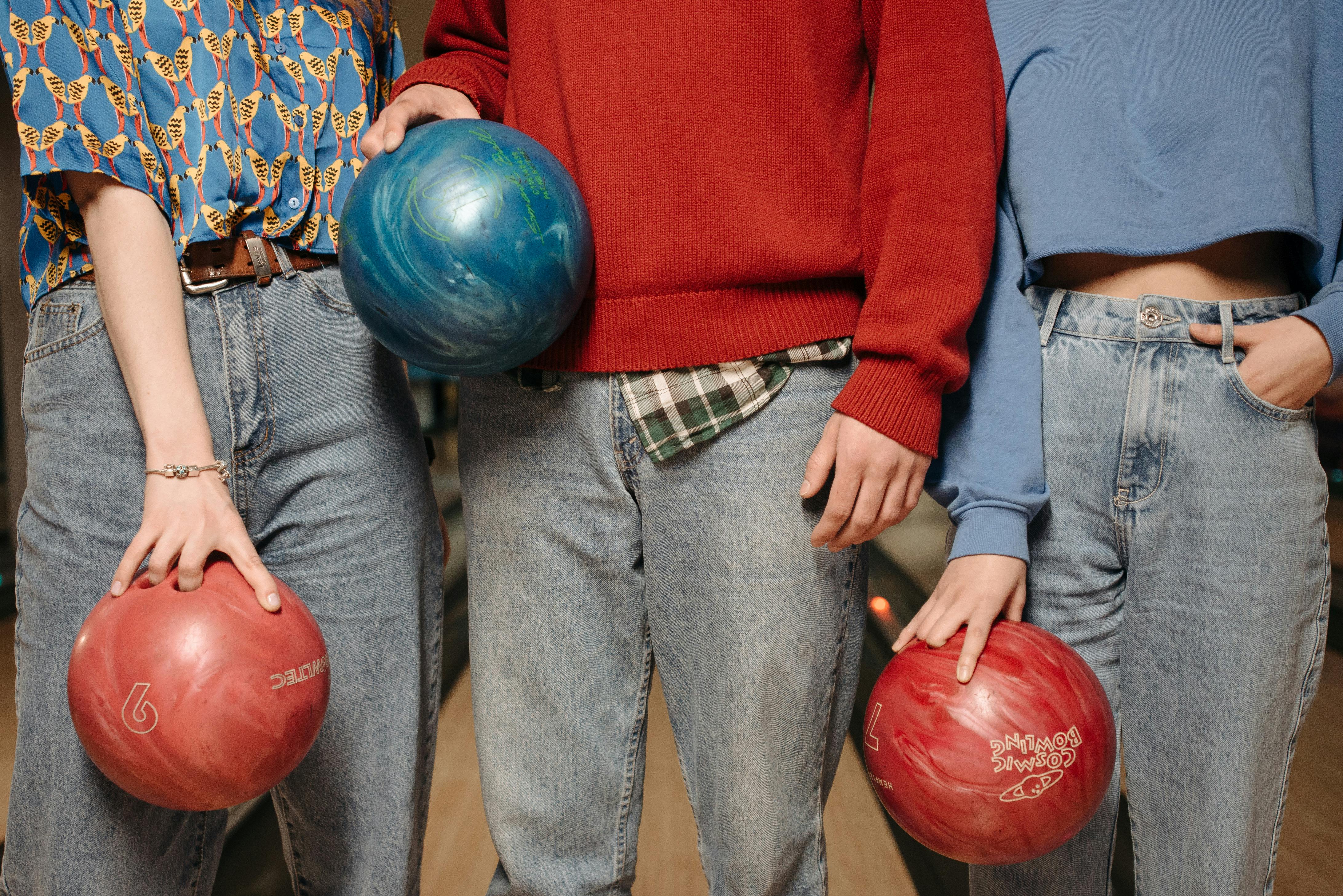
Wear and Tear on Bowling Balls
Bowling balls can suffer from a variety of wear and tear over time. The most common type of damage is caused by the friction between the ball and the lane, which creates small chips and scratches on the ball’s surface. These indentations can lead to a decrease in performance as well as an increase in skid, making it difficult to control the ball’s trajectory.
In addition to lane damage, bowling balls can be worn down by too much oil on the lanes or by improper cleaning. Oil build-up can cause the ball to become sticky and less reactive, while improper cleaning can strip away layers of polyurethane from the ball’s surface. Both of these issues can lead to a decrease in performance and an increase in hooking potential.
The most important way to prevent wear and tear on bowling balls is to properly clean them after each use. This should be done with a mild detergent or with specially formulated bowling ball cleaner. Additionally, it is important to store your balls away from direct sunlight or heat sources as this can cause fading or discoloration over time. Following these simple steps will help you get the most out of your bowling ball for years to come!
Cleaning and Polishing Your Bowling Ball
Cleaning and polishing your bowling ball is an important part of maintaining its performance. If you don’t take the time to do so regularly, your ball will lose its traction on the lane, which can lead to decreased accuracy and consistency. Regularly cleaning and polishing your bowling ball will help it last longer and perform better.
The first step in cleaning and polishing your bowling ball is to remove any dirt or grime that has accumulated on the surface. For this, you’ll need a soft cloth or paper towel, some rubbing alcohol, and a mild detergent. Begin by dampening the cloth or paper towel with some rubbing alcohol and gently wiping down the entire surface of the ball. This will help remove any dirt or grime that may be present on the surface.
Once you’ve wiped down the entire surface of the ball, use a mild detergent to clean off any remaining dirt or grime. A small amount of detergent should be mixed with water in a bowl or cup; then dip your cloth into this solution and scrub the entire surface of the ball until it is completely clean. Once you’ve finished scrubbing, rinse off all of the detergent with clean water.
Now that your bowling ball is clean, it’s time to polish it. You can use either a commercial bowling ball polish or make your own homemade version using rubbing alcohol and baking soda. Combine 2 parts rubbing alcohol with 1 part baking soda in a container; then dip a soft cloth into this mixture and lightly scrub all surfaces of your bowling ball until it is shiny again. Once you’re done polishing, wipe off any excess polish with a dry cloth.
Finally, apply a few drops of mineral oil onto a dry cloth and rub it onto all surfaces of your bowling ball to lubricate them for optimal performance on the lanes. Be sure to avoid getting oil onto areas such as finger holes as too much oil can disrupt performance by making it difficult for fingers to grip properly.
By following these steps regularly, you can ensure that your bowling ball maintains its optimal performance on every session at the alley!
Storage Considerations for Bowling Balls
Storing bowling balls correctly is essential to ensure that they maintain their structural integrity and perform optimally. It is important to protect them from extreme temperatures, humidity, and sunlight, as this can cause the material to break down over time. Additionally, it is important to store bowling balls in a dry place away from any sources of moisture. This includes avoiding direct contact with water and keeping them away from areas with high humidity. It is also important to keep bowling balls out of direct sunlight, as this can cause the material to discolor or fade. Finally, it is important to keep bowling balls in a secure place where they will not be knocked over or subjected to any other form of physical damage.
When storing multiple bowling balls at once, it is important to stack them on a flat surface in order to prevent damage or wear to the material on each ball. Additionally, if possible, it is best practice to store them in a climate-controlled environment with consistent temperature and humidity levels. This will help ensure that the material remains structurally sound for years to come. Additionally, if possible, it is recommended that each ball be stored separately in order to prevent any unintentional damage or wear caused by contact with other objects.
Finally, when transporting or moving bowling balls from one location to another, it is essential that they be stored securely in a container that will protect them from any external elements such as rain or extreme temperatures. Additionally, it is important that the container be padded in order to minimize any potential damage caused by rough handling during transport.
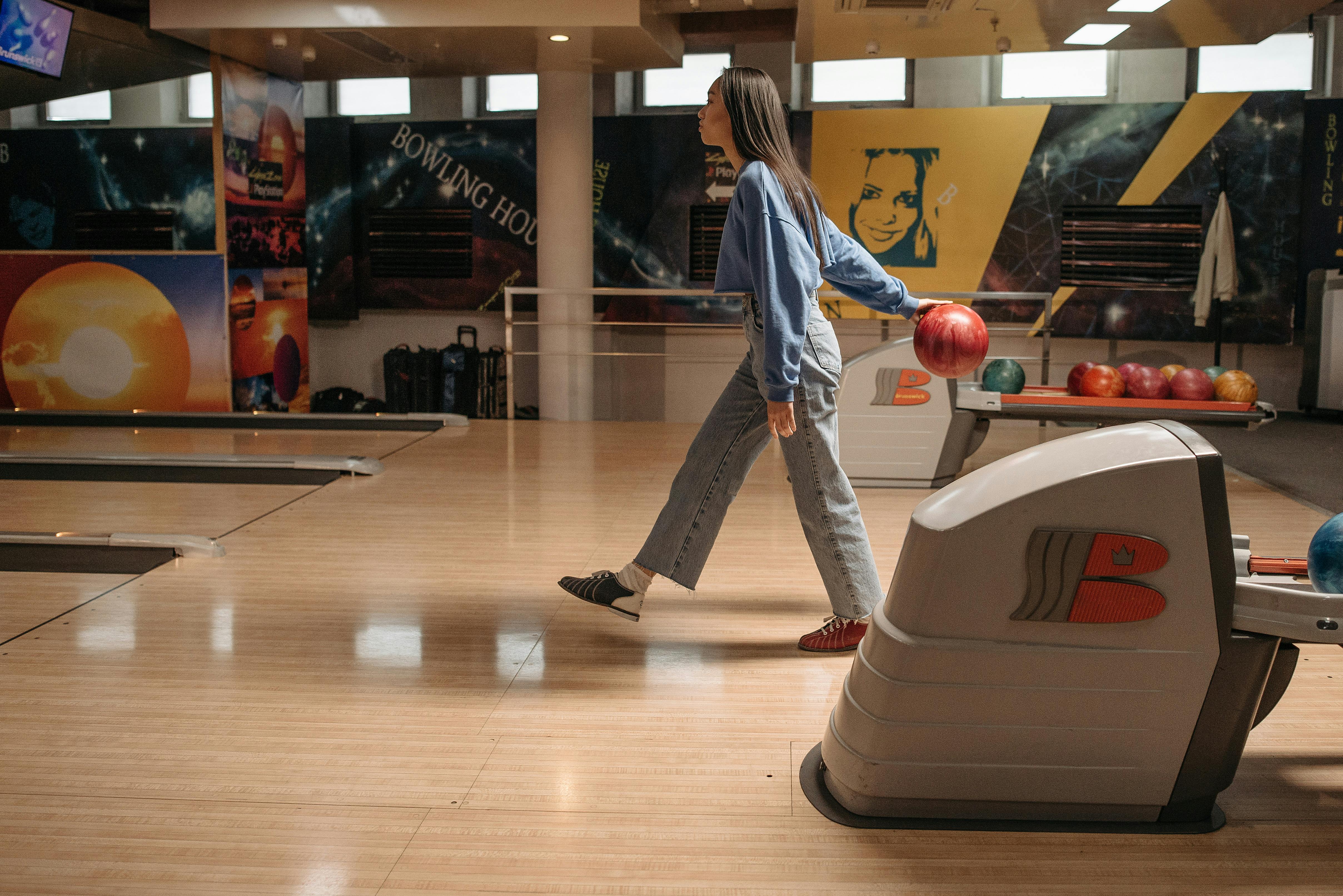
Conclusion
Bowling balls can last for a long time with proper care and maintenance. It is important to ensure that the ball is stored properly and not exposed to extreme temperatures or humidity changes. Regular cleaning with a mild detergent can help extend the life of the ball. Additionally, checking for wear and tear and replacing worn parts as necessary can add years to the lifespan of your bowling ball.
Ultimately, how long a bowling ball lasts depends on its usage, care, and maintenance. If you take good care of your bowling ball, it could last for several years, making it worth investing in quality materials and proper upkeep. With proper maintenance, your bowling ball could help you achieve better scores for many years to come!

